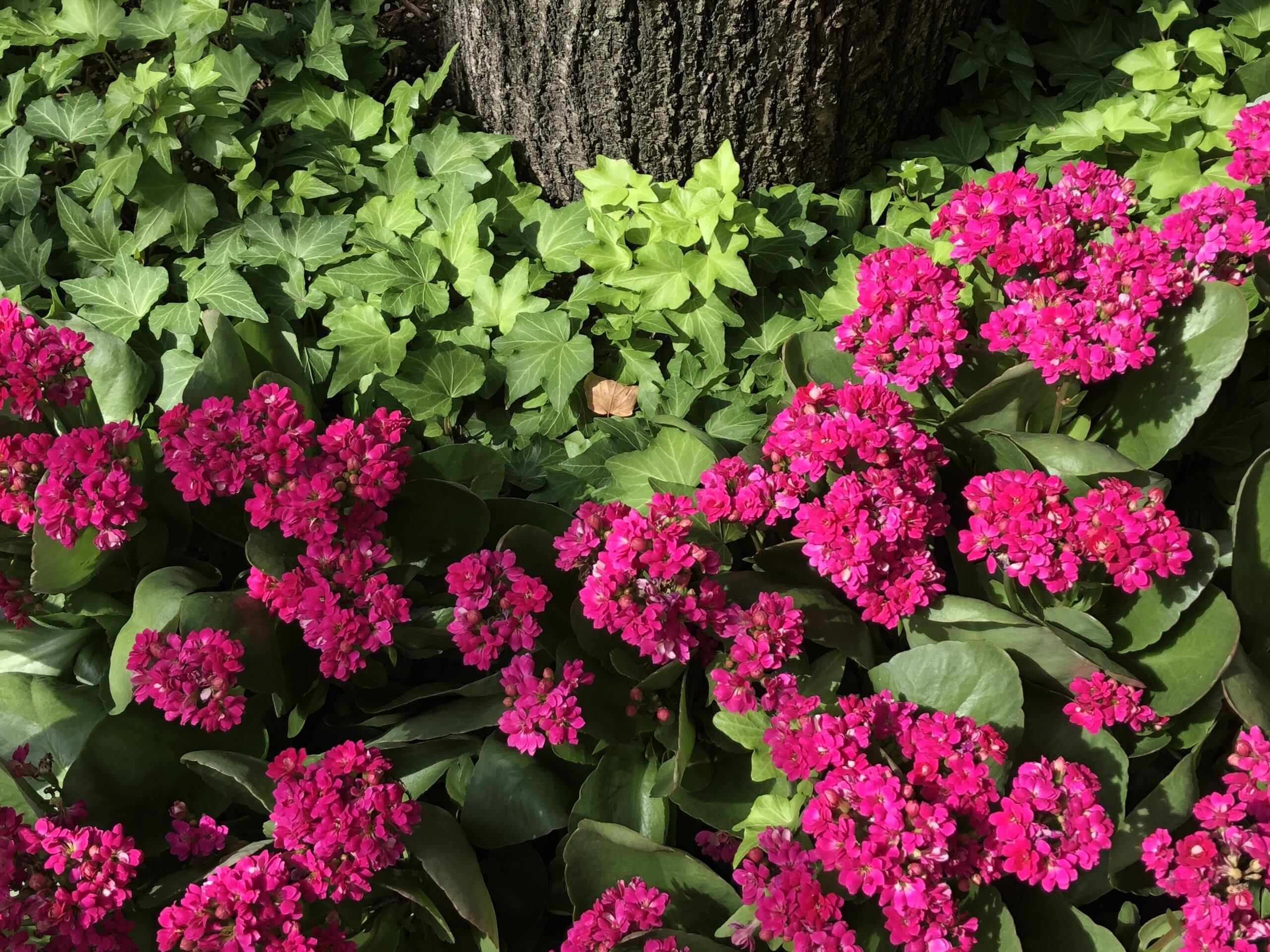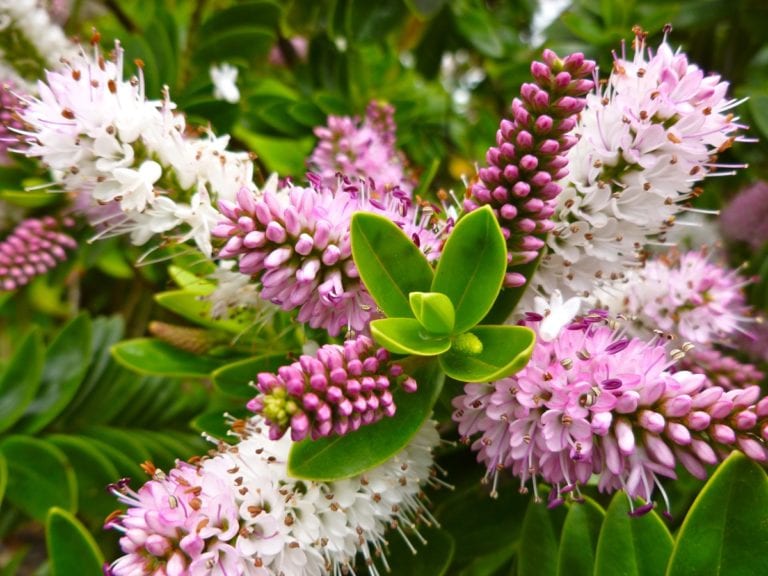As I begin to put together the year-long offerings of audio meditations on my website, I’ve been thinking about the focus for the coming year. Lately, I’ve had a deepening awareness of the importance of experiencing all the other life on this beautiful planet as “earth-kin”. We are all related, all children of the same mother planet, and many of us humans have been taught that we are somehow superior or “more evolved” than our other earth-kin.
I recently read a book, “Are We Smart Enough to Know How Smart Animals Are?”, by Frans de Waal, that addresses this humancentric bias. De Waal offers many examples of how our research on other earth-kin has tended to orient to human assumptions and human ways of doing things. One of my favorite examples had to do with making a mark on an elephant’s face or head and then having this earth-kin look in a mirror to see if he or she recognized themselves. They didn’t and someone realized that the problem wasn’t that elephants can’t recognize themselves but rather that the mirrors weren’t elephant sized. Once large enough mirrors were provided, the elephants immediately recognized that something was on their face and responded appropriately.
Another example had to do with research on gibbons, where researchers decided that they weren’t as intelligent as other primates because they couldn’t do a particular task that required them to use their hands in a certain way. A young researcher noticed that the task was oriented to human hands and not to the way that gibbons use theirs. When the experiment was retooled to reflect gibbon digits and manipulation, not surprisingly they performed as well as any other primate.
It can be both surprising and startling to know that slime mold does very well solving the challenge of a maze, better and faster than some other kinds of earth-kin. It can also be surprising to know that some species chose to evolve toward more complexity while others chose to evolve into less complexity, each and all having their own style of measurable intelligence. Here’s a link to a quick video about slime mold moving through a maze and also creating a complex network of connections that match the design of the Tokyo rail system. https://www.youtube.com/watch?v=HyzT5b0tNtk
Read More “822nd Week: Honoring Our Earth-Kin”


